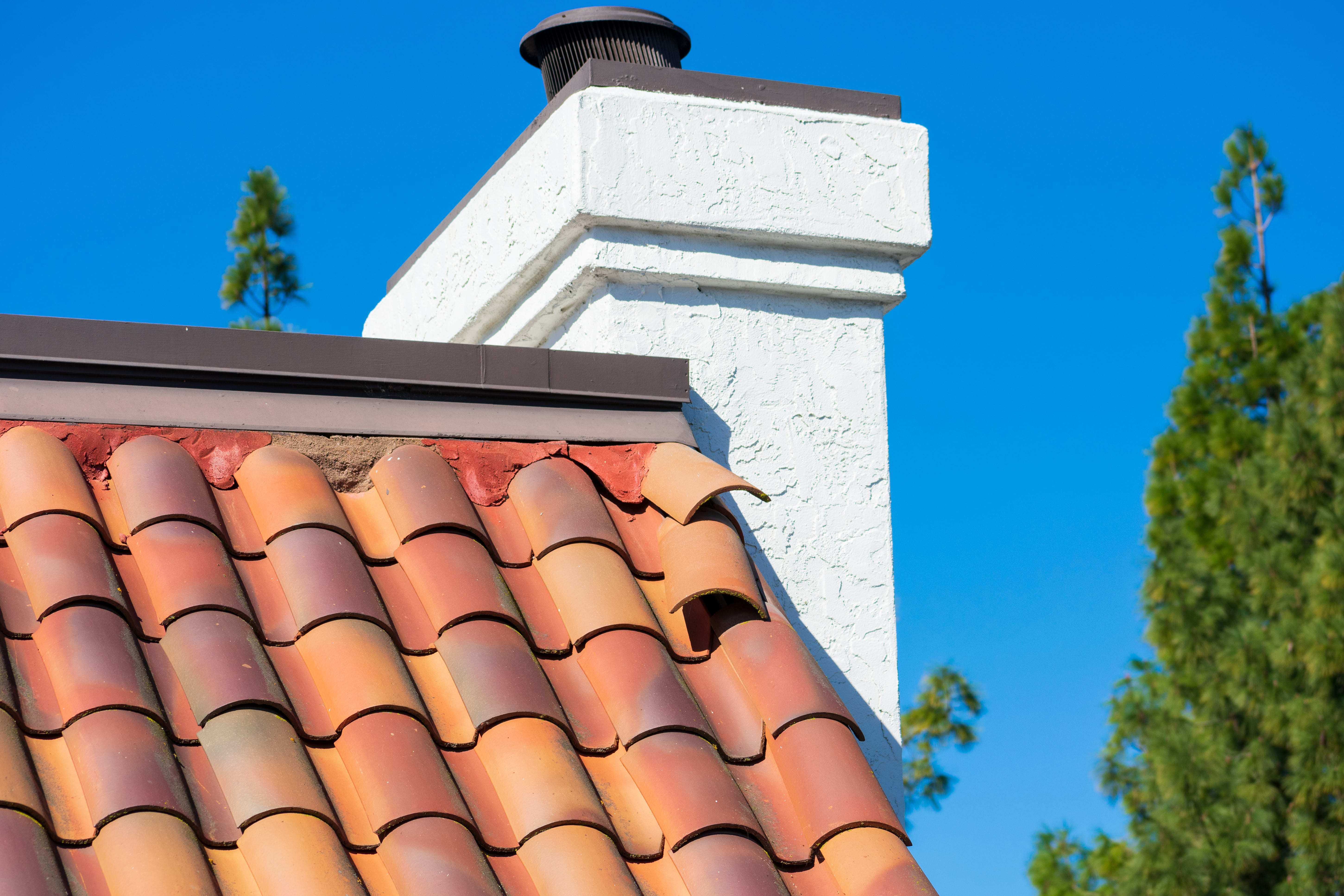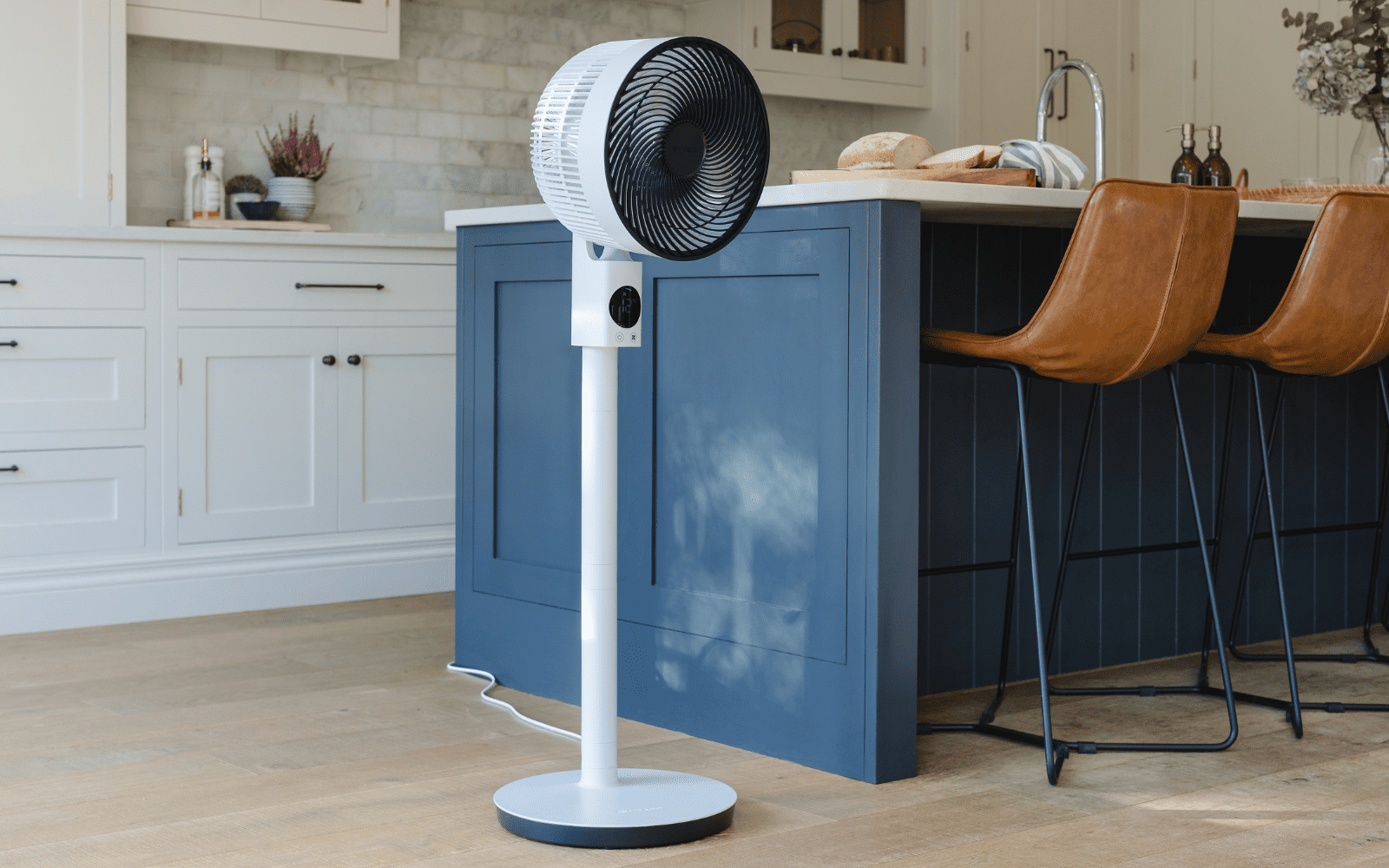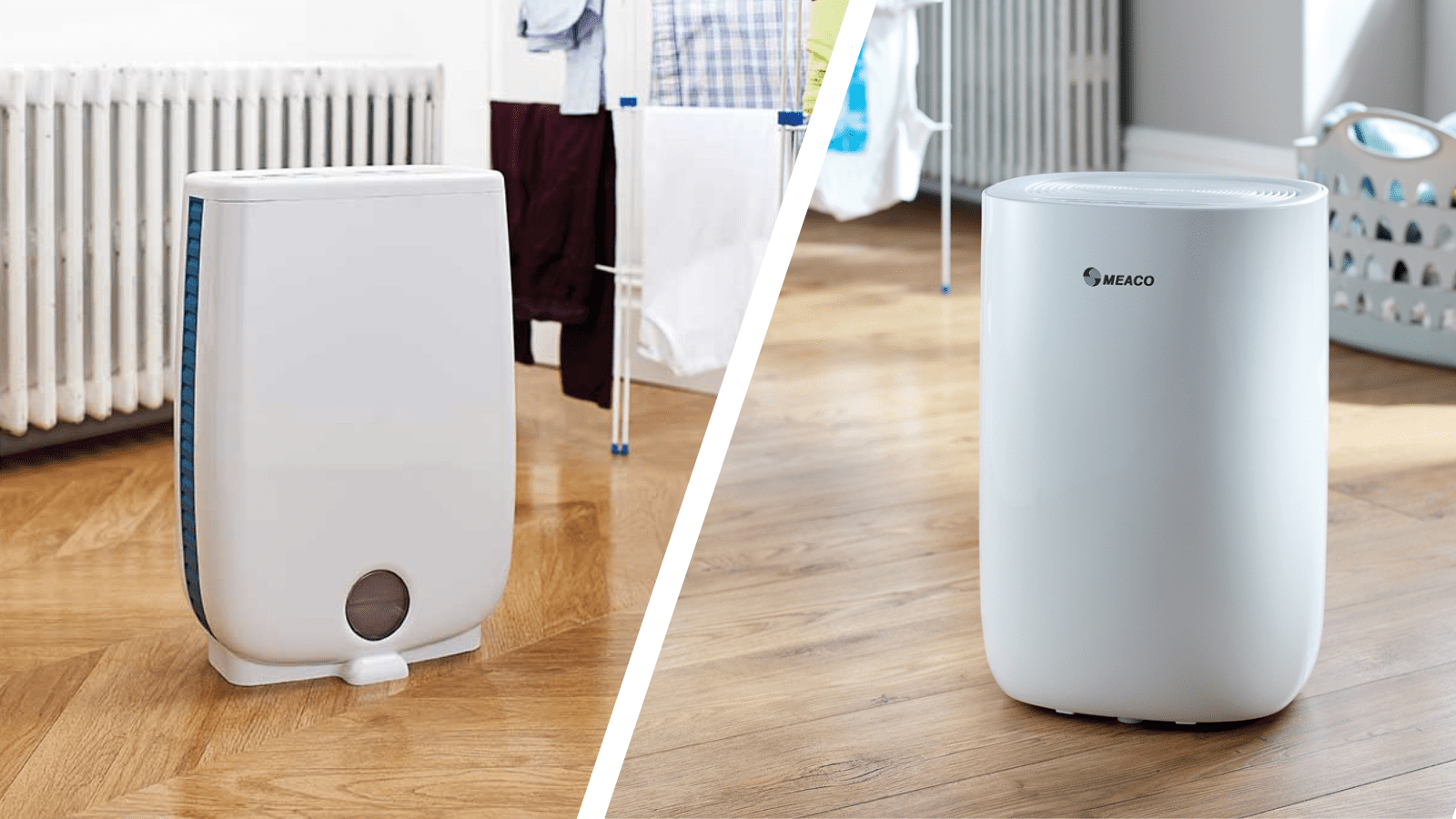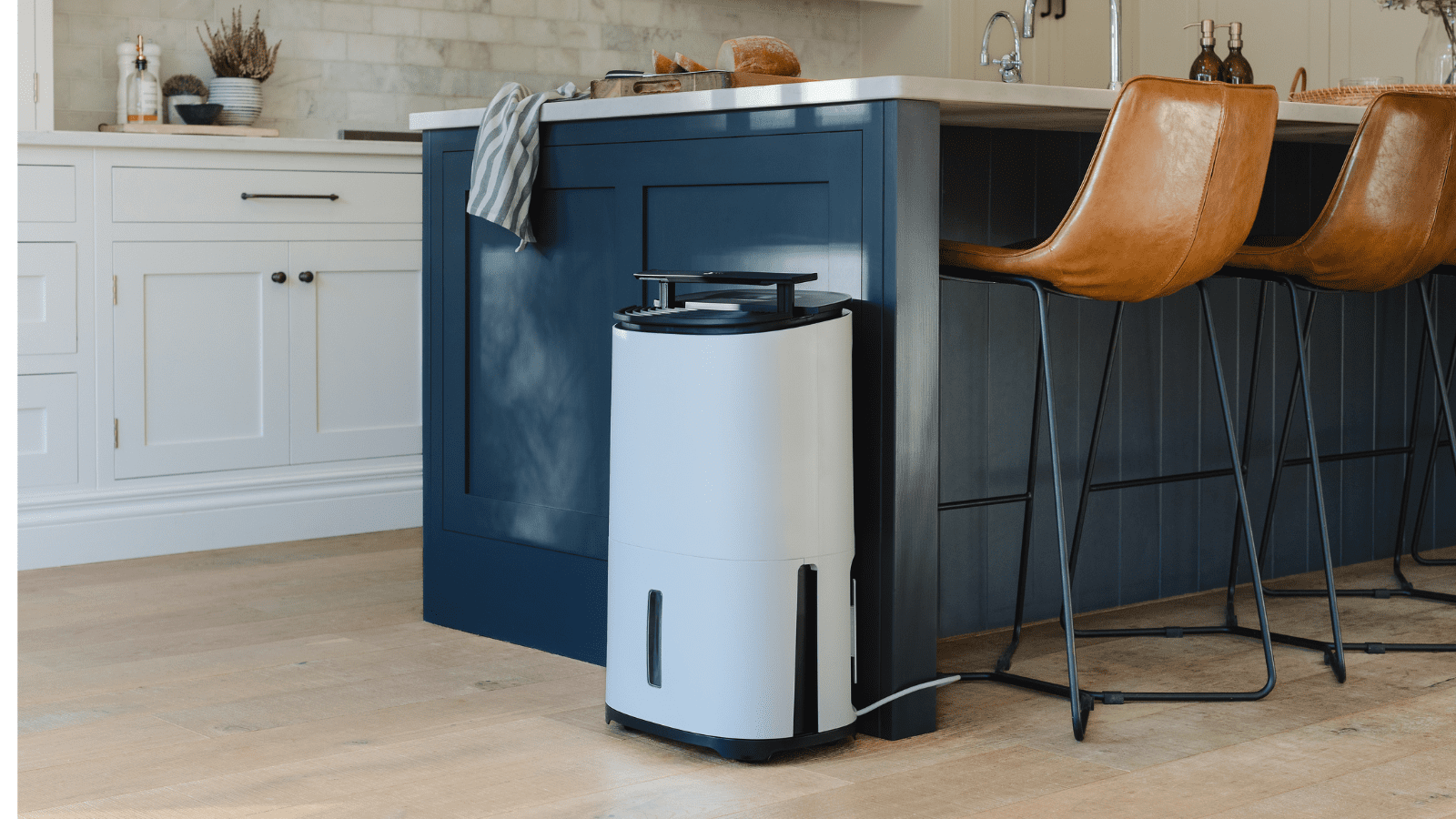
The spaces at the top and bottom of our homes are key areas for cold and damp. Both basements and lofts can experience problems in this area, and those problems can have a knock-on effect on the overall ‘health’ of your home. Damp in loft spaces will need to be tackled differently depending on whether your loft is a roof space or a loft conversion being used as a room in your home.
Common loft space problems
The most common problem in open, undeveloped loft spaces is condensation. When hot air from the home rises and meets the cold roof, it creates water droplets, which we know as condensation. Aside from general living situations, structural issues like inadequate protection, damaged roof tiles, or missing tiles can also cause damp issues.
The consequences of damp and condensation include wet and dry rot, as well as black spot mould. These issues are more likely to occur during the winter months, so it’s important to look at sorting out any problems during the spring and summer before the cold weather arrives.
Addressing Damp Issues in Roof Spaces
If you find your loft has rot and spot mould, it will be best to start by looking at solutions such as:


- Check your roof tiling and window or chimney flashings for gaps
- This ensures there are no spaces for water to get through which could add moisture to your home or loft space.
- Ensure drains and gutters are cleared regularly
- Built up leaves, mould, twigs (especially through autumn and into spring) can cause problems. This is because rainfall may find other avenues to reach the ground, which could be through (or creating) small cracks and gaps in your roof tiles and external walls. Debris can also act as an insulator, keeping a moist layer, and trapping damp between your home and the weather outside.
- Make sure that any roof vents are not blocked.
- Check if vents are covered by boxes or other things being stored in the loft. If roof vents are blocked, this stops any moisture created from everyday activities like showering and cooking from escaping your home. With the moisture unable to be ventilated outside, the humidity in the home continues to increase and cause damp.
- Add insulation on the floor of your loft.
- This reduces the amount of hot air escaping from your home into the roof. Condensation is less likely to build up on a warm surface, so insulating the roof in this way not only keeps your home warm, it reduces the risk of damp.
These things help you to reduce both condensation and damp, helping to reduce the occurrence of new rot, moisture or property care issues.
A word of warning: If you put these solutions in yourself, read plenty of expert advice first. This applies to adding insulation, boarding out your loft, and storing too much inside it, alongside other issues – loft spaces are meant to be a place for the house to breathe and you need to be cautious of over filling the space and causing further problems.
Necessary features to prevent damp in loft conversions


So, you’ve developed your loft space and have condensation.
Problems in loft conversions are essentially the same as problems in the rest of your home. They are largely caused by too much moisture being generated and then exacerbated by poor ventilation.
If you’ve converted your loft into a living space, you need to be aware of the potential problems. Your room will be located directly under the roof, which means you’ll have either roof or dormer windows. Both of these have to be installed directly into the roof line, so need to be very well sealed to avoid water coming into the room from the roof.
You should also have a damp-proof course* as part of your conversion, which is a layer of waterproof material in the wall of a building near the ground. On top of this, builders should have ensured that any roof vents are not blocked, to ensure that there is still good airflow in the area. If you have a bathroom in your loft conversion, installing an extractor fan is a great way to remove excess moisture, preventing damp in the converted space.
How to control damp in your attic
Problems in loft conversions are essentially the same as problems in the rest of your home. We all know that heat rises, it’s a simple science. But this means that warm, humid air may be going up into your loft or roof insulation. They are largely caused by too much moisture being generated and then exacerbated by poor ventilation. Loft conversions with en-suites in particular create excess humidity from showering.


If your loft space is too humid, you can use a dehumidifier to reduce the humidity. However, a dehumidifier will not work in an undeveloped loft space as it will be taking the fresh air that comes from under the eaves, which is very inefficient. But for a loft conversion, you can easily plug in a dehumidifier to reduce the relative humidity, make the air drier and improve conditions. And with converted spaces often being small, dehumidifiers that are quiet become even more important. Here at Meaco, we take pride in producing products that not only do the job of dehumidifying but are quiet enough that it won’t disturb you.
Regularly monitoring your humidity levels in the loft is a great way to keep an eye on the situation and prevent any problem areas getting out of hand. You can do this by using the humidistat within a dehumidifier or by purchasing a humidity meter*. It is best to keep humidity levels between 40-60% as this level of moisture will discourage the growth of mould and condensation.
Take a look at our range of home dehumidifiers, which can help you manage damp in loft conversions and converted attic spaces.
Products featured: Home Dehumidifiers
Glossary:
Damp-proof course (noun): a layer of waterproof material in the wall of a building near the ground.
Humidity Meter (noun): Humidity meters are instruments used to measure the amount of water vapor in gases, most often air.








2 Responses
Hi
I have a small undeveloped loft next to a developed lost.
alas, I have a non breathable membrane in the small loft. will a dehumdifier work in that – it’s the plastic sweating I need to deal with
Hello,
Thank you for your message.
Please advise, the size of the space, small or large or if you have measurements please share.
Temperature is another key factor, could you advise what the temperatures are ranging between (this can be an approximate).
Thanks,
Omar@Meaco